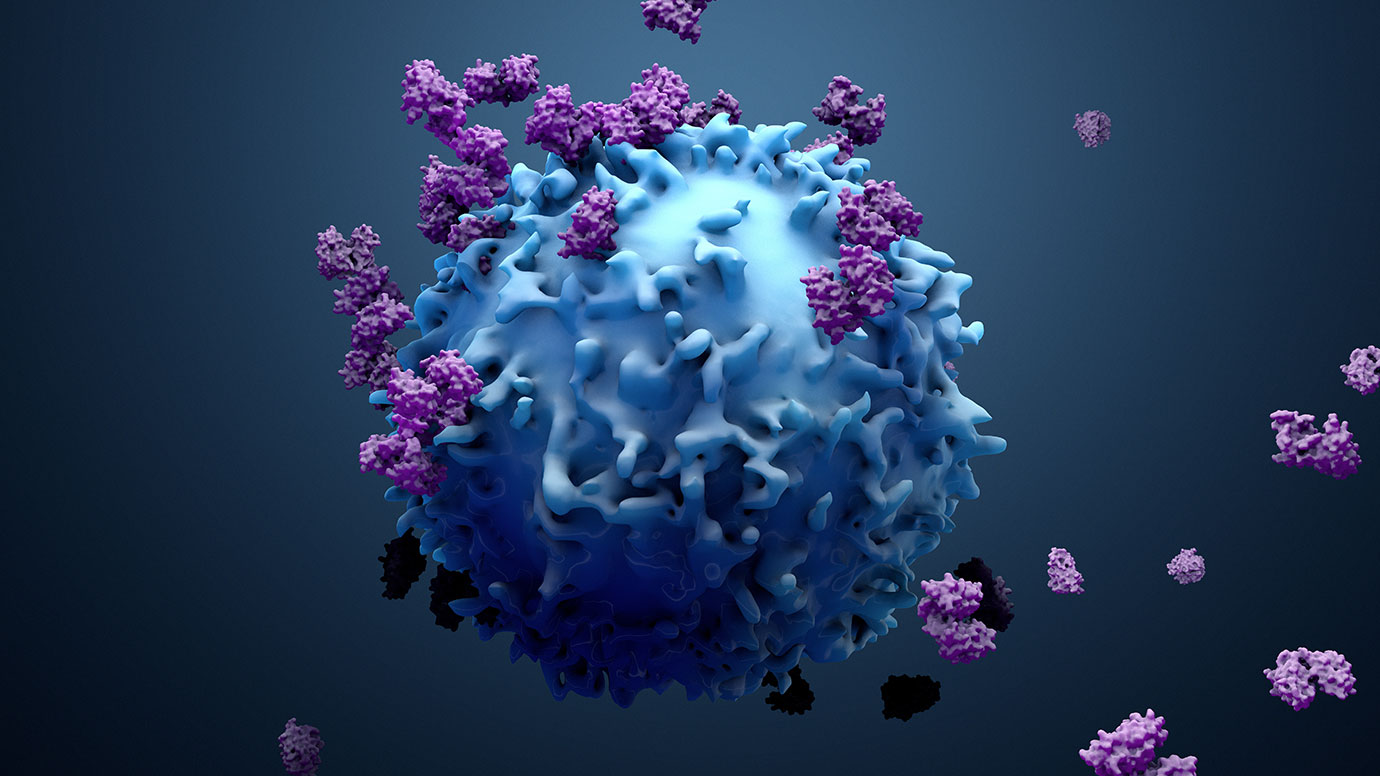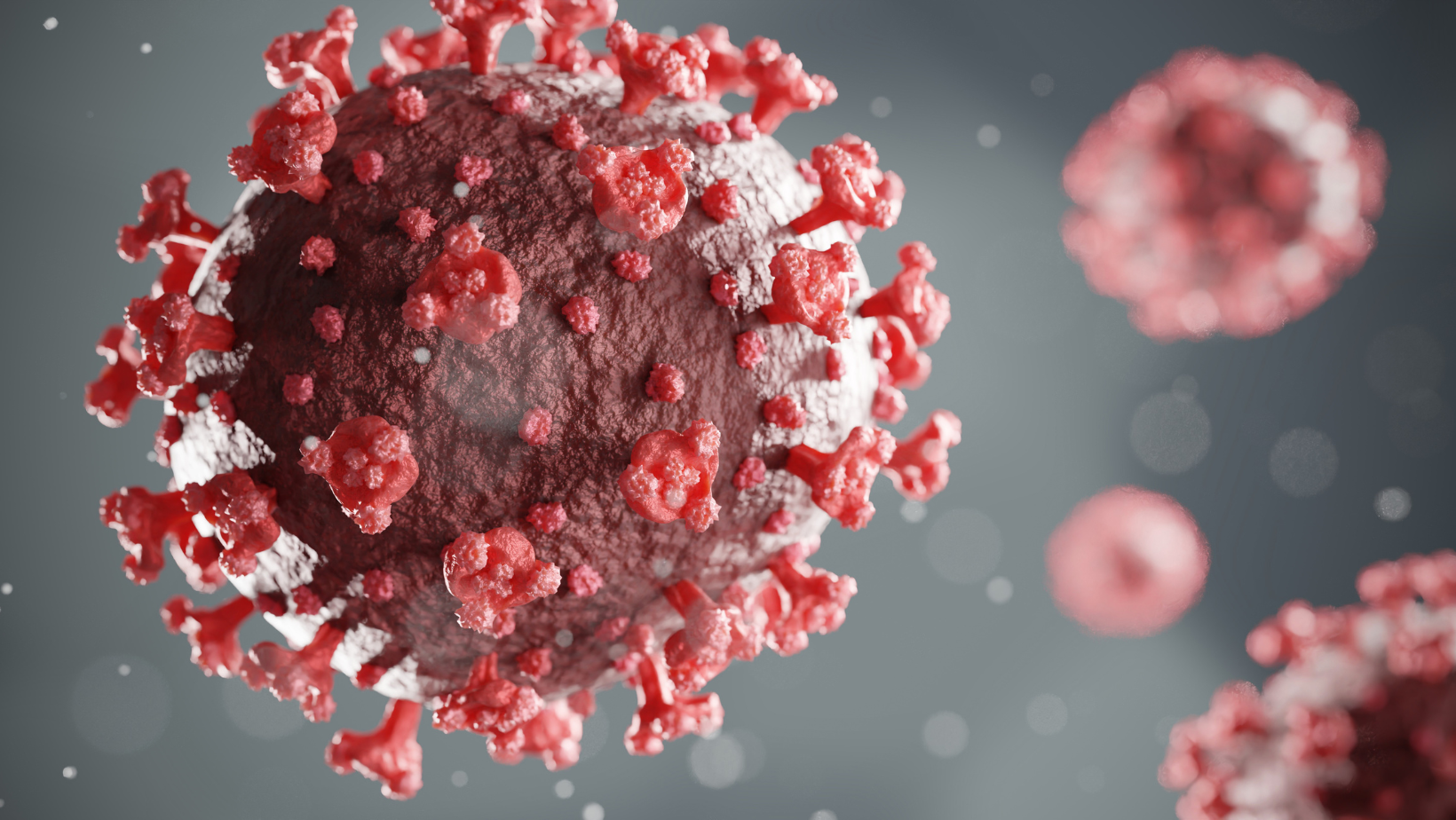
Introduction
The risk of melanoma is higher in veterans compared to people in the overall U.S. population due to increased sun exposure and the lack of protection against ultraviolet (UV) radiation during active military service. Results from a recent study with 54,554 nonveterans and 6,753 veterans showed that the prevalence of any skin cancer history among US veterans compared with nonveterans is higher (9.0% vs 2.9%) and that the prevalence of melanoma history is also higher (2.2% vs 0.6%).1
Checkpoint inhibitor therapies are a major advance for patients with melanoma. Long-term data show that the melanoma-specific survival rate in the CheckMate 067 clinical trial at 10 years was 52% with nivolumab-plus-ipilimumab, 44% with nivolumab, and 23% with ipilimumab.2 In addition, the melanoma-specific survival rate in the KEYNOTE-006 trial at 10 years was 45.2% for pembrolizumab and 31.3% for ipilimumab.3
Patients with military backgrounds have been historically underrepresented in national datasets and clinical trials.4,5 With this in mind, there is a need for real-world studies outside of clinical trials to provide information on treatment outcomes in this patient population. Results from two studies that provide insights into outcomes with ICIs in veteran patients with melanoma are described in this article.
Retrospective Analysis Using Electronic Health Record Data from Veterans Affairs (VA) Facilities
Outcomes across multiple tumor types were investigated in a retrospective study using electronic health record data from nationwide VA facilities. In this study, a total of 11,888 patients who received ICIs were identified. This included 1,706 patients (14.4%) with melanoma.6
Patients with melanoma who received first-line nivolumab had the longest survival across cancers assessed in the study; median survival was 25.5 months after ICI initiation.6 This result is important because it supports the effectiveness of ICI monotherapy in the veteran patient population that is known to have higher risk characteristics compared to the population present in clinical trials. Typically, ICI monotherapy has been shown to be less effective compared to combination therapy in clinical trials, and ICI combination therapy can be associated with more serious and more frequent side effects,2 which is a significant concern in veterans with higher risk characteristics.
Real-World Effectiveness Study in Veteran Patients with Cutaneous Melanoma
A research letter was published in the Journal of the American Academy of Dermatology about the effectiveness of ICI monotherapy and combination therapy among veteran patients with melanoma in the adjuvant and neoadjuvant systemic therapy settings. In total, 677 patients with melanoma from the Veterans Health Administration were included. In this study, the median age was 68 years old, most patients were male (98%), and the majority of patients were White (96%). Patients also had many comorbidities, such as congestive heart failure, diabetes, and hypertension. Anti-PD-1 monotherapy was the most commonly used first-line treatment in both the adjuvant (66.7%) and neoadjuvant systemic therapy settings (50.3%).7
In the adjuvant setting, for melanoma-specific survival, 91.2% of patients treated with anti-PD-1 monotherapy were survivors five years after diagnosis and therapy initiation compared to 53.2% of patients who received anti-CTLA-4 monotherapy.7 These results are comparable to those from studies with non-veterans that show higher survival with anti-PD1 therapy compared with anti-CTLA-4 therapy.2,3 In this study, there were no patients who received combined immune checkpoint inhibitors in the adjuvant setting.7
In the neoadjuvant systemic therapy setting, for melanoma-specific survival, 70.4% of patients who received anti-PD-1 monotherapy survived three years after diagnosis and therapy initiation compared to 47.9% of patients who received anti-CTLA-4 monotherapy and 64.7% in patients who received anti-PD-1/anti-CTLA-4 combination therapy.7
According to the results, survival was higher with anti-PD1 monotherapy compared to anti-CTLA-4 monotherapy in the adjuvant setting. In addition, survival was higher with anti-PD1 monotherapy and anti-PD1/anti-CTLA-4 combination therapy compared to anti-CTLA-4 monotherapy in the neoadjuvant setting. Similar to the results from the other study described here, the effectiveness of anti-PD-1 monotherapy in veterans was supported.7
Conclusions
Results from these two studies provide insights into the effectiveness of ICIs in the veteran patient population. The results support that ICI monotherapy is an effective option for higher risk patients who may not be able to tolerate combination therapy. Moving forward, it will be beneficial to learn more about treatment outcomes in veterans and to focus on strategies to improve responses to ICI treatment in this patient population.
References
1. Rezaei SJ, Kim J, Onyeka S, et al. Skin Cancer and Other Dermatologic Conditions Among US Veterans. JAMA Dermatol. 2024;160(10):1107-1111.
2. Wolchok JD, Chiarion-Sileni V, Rutkowski P, et al. Final, 10-Year Outcomes with Nivolumab plus Ipilimumab in Advanced Melanoma. N Engl J Med. 2025;392(1):11-22.
3. Long GV, Carlino MS, McNeil C, et al. Pembrolizumab versus ipilimumab for advanced melanoma: 10-year follow-up of the phase III KEYNOTE-006 study. Ann Oncol. 2024;35(12):1191-1199.
4. Chang MS, La J, Trepanowski N, et al. Increased relative proportions of advanced melanoma among veterans: a comparative analysis with the Surveillance, Epidemiology, and End Results Registry. J Am Acad Dermatol. 2022;87(1):72-79.
5. Howlader N, Ries LA, Stinchcomb DG, Edwards BK. The impact of underreported Veterans Affairs data on National Cancer Statistics: analysis using population-based SEER registries. J Natl Cancer Inst. 2009;101(7):533-536.
6. La J, Cheng D, Brophy MT, et al. Real-World Outcomes for Patients Treated With Immune Checkpoint Inhibitors in the Veterans Affairs System. JCO Clin Cancer Inform. 2020;4:918-928.
7. Kim DY, Swetter SM, Huhmann L, et al. Real-world effectiveness of immune checkpoint inhibitors and BRAF/MEK inhibitors among veteran patients with cutaneous melanoma. J Am Acad Dermatol. 2024;90(3):620-623.


